Hot Glass
Studio Glass
Since the late 19th century, glass has been widely used as an artistic medium and studios, such as Lalique, Tiffany, and Daum, have taken glass art to the highest levels. René Lalique began his career as a jeweler in Paris before opening his first glassworks in 1909. He perfected cost-effective methods of molding relief-figured designs in glass as he wanted his work to be affordable. His stylized motifs reflected the Art Deco style of the period and his reputation as a creative genius in glass was sealed at the 1925 Exposition des Arts Decoratifs in Paris. Lalique designed vases, bowls, light fittings, and car mascots. He also cast glass in sculptural form, notably statuettes of nudes and veiled dancers. René’s son, Marc, played an important part in the manufacturing side of the business and took over after his father’s death in 1945.
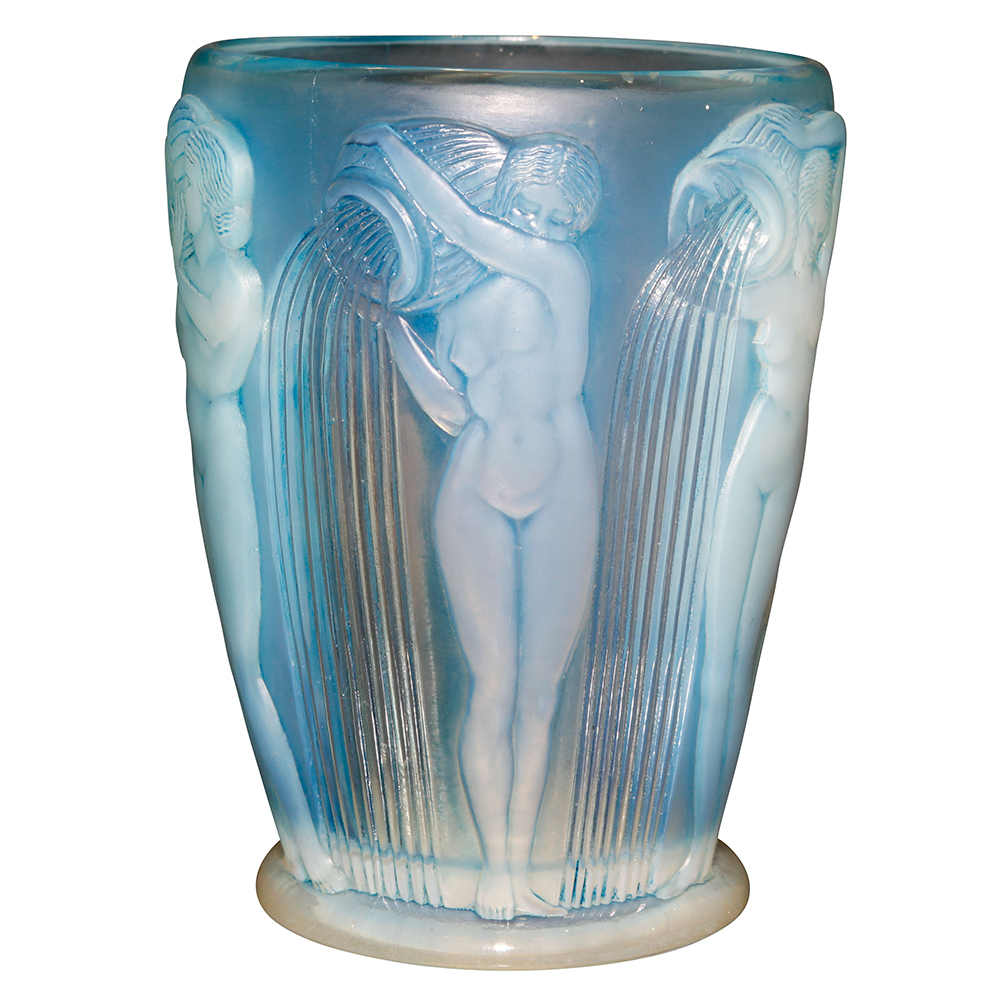
Danaides by R. Lalique 1926
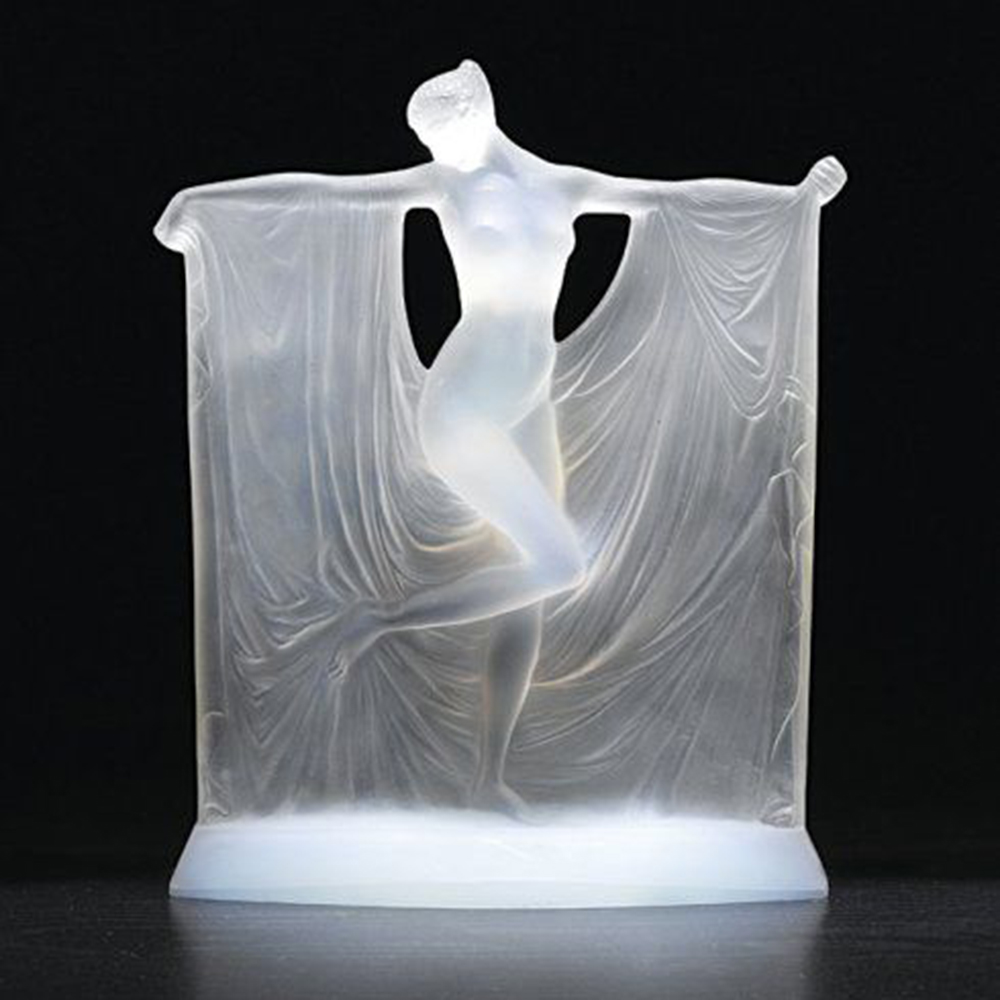
Suzanne by R. Lalique 1925
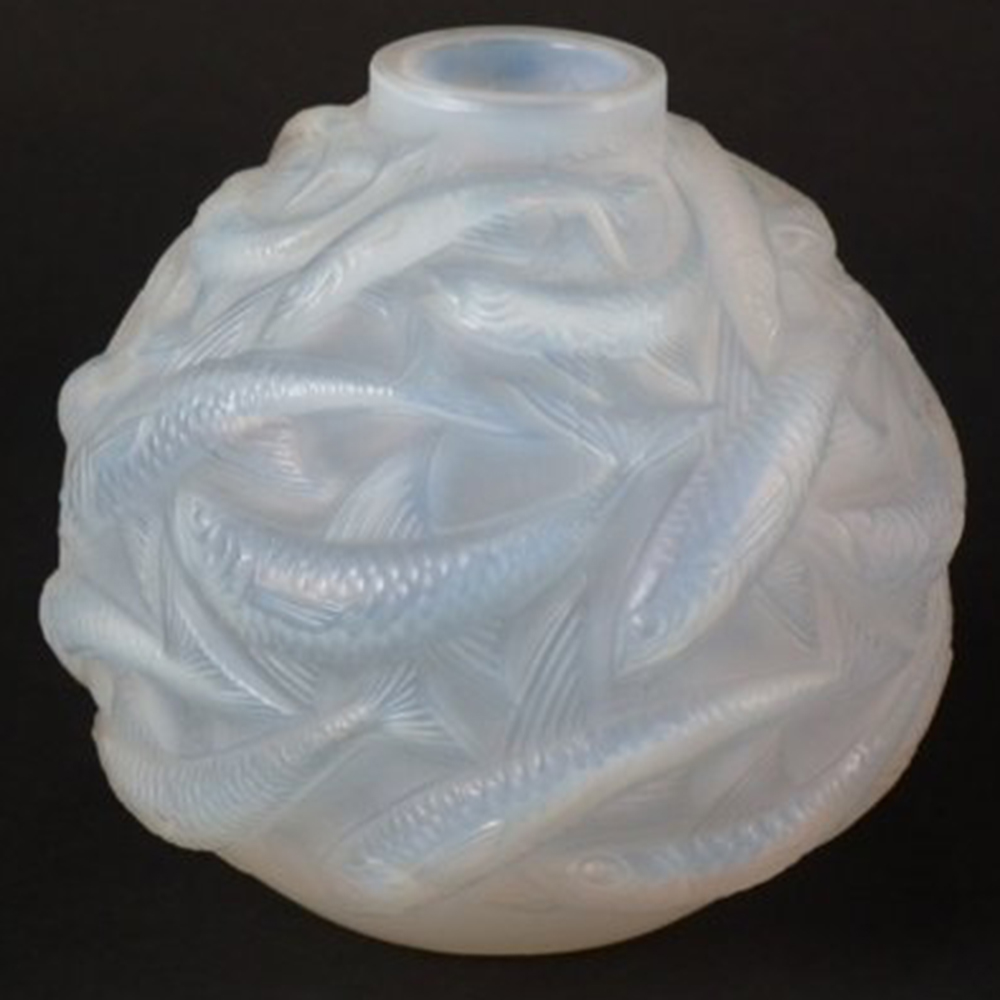
Oleron by R. Lalique 1927
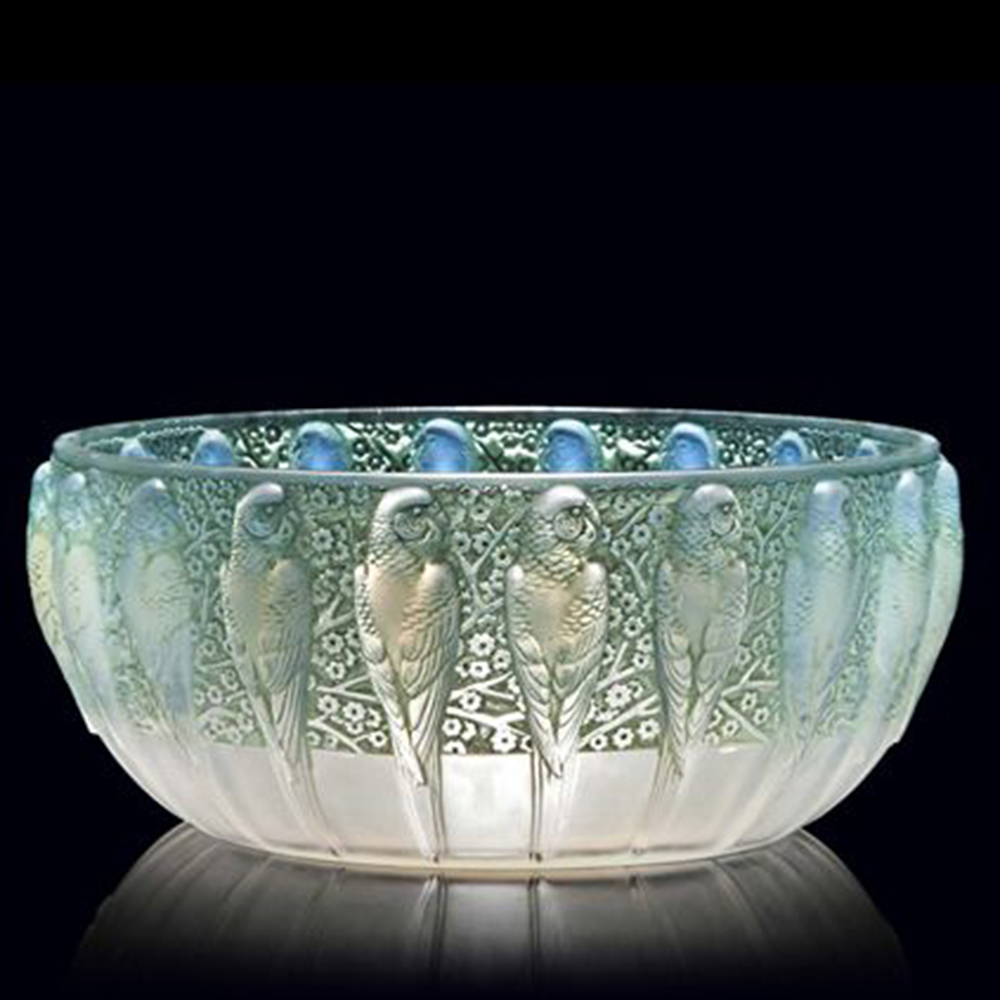
Perruches by R. Lalique 1931
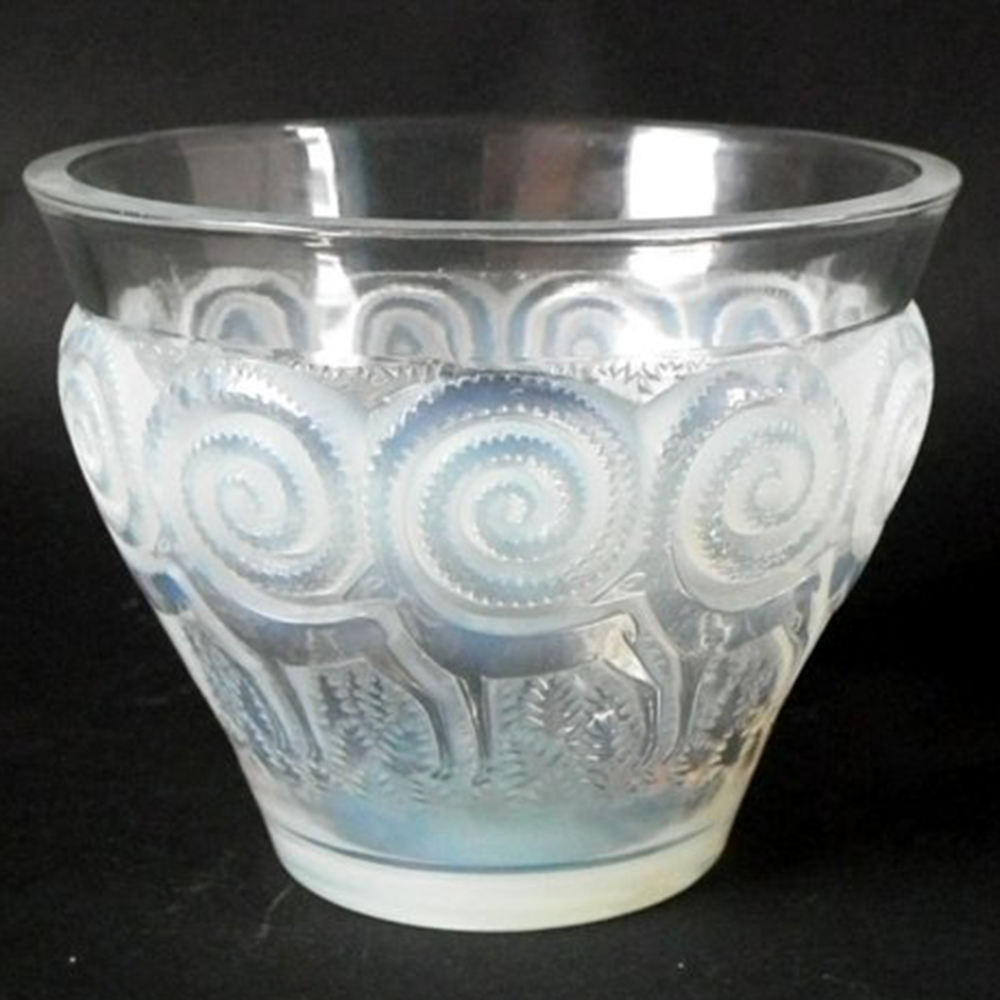
Rennes by R. Laique 1933
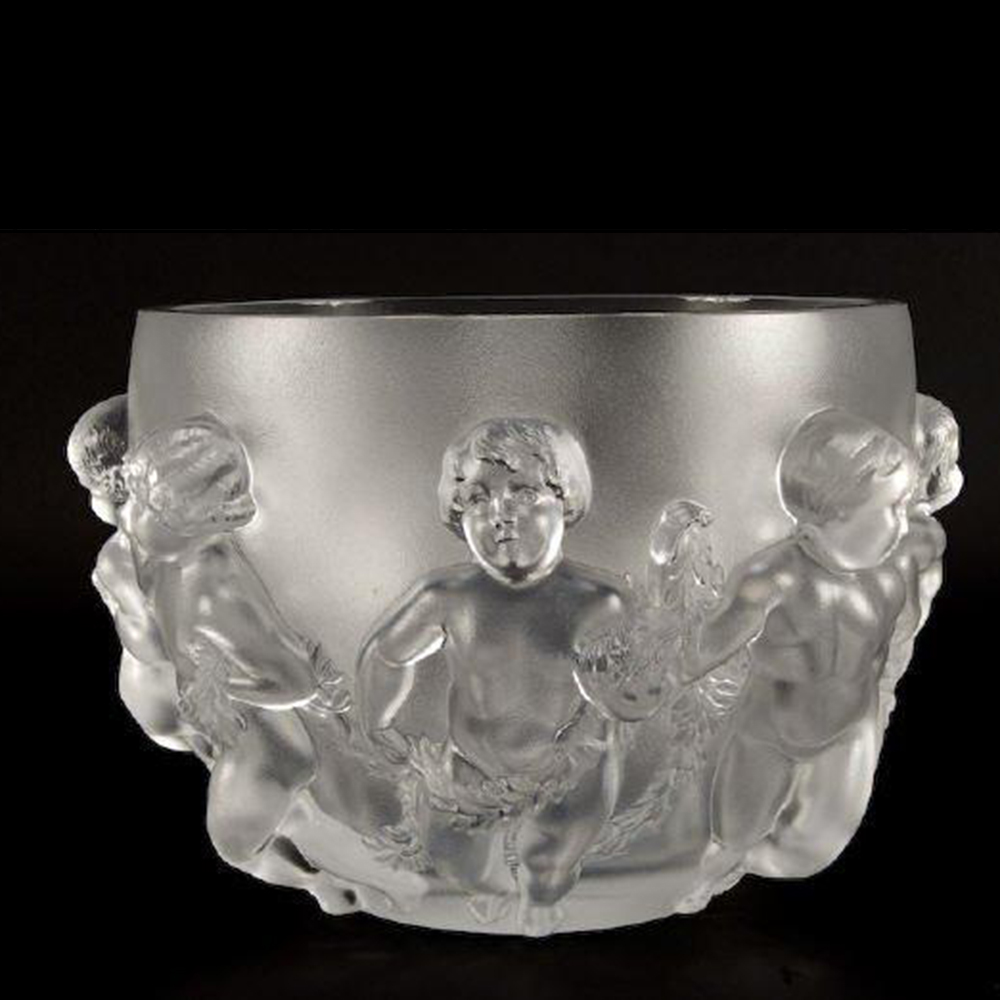
Luxembourg Cherub Bowl by R. Lalique c. 1930
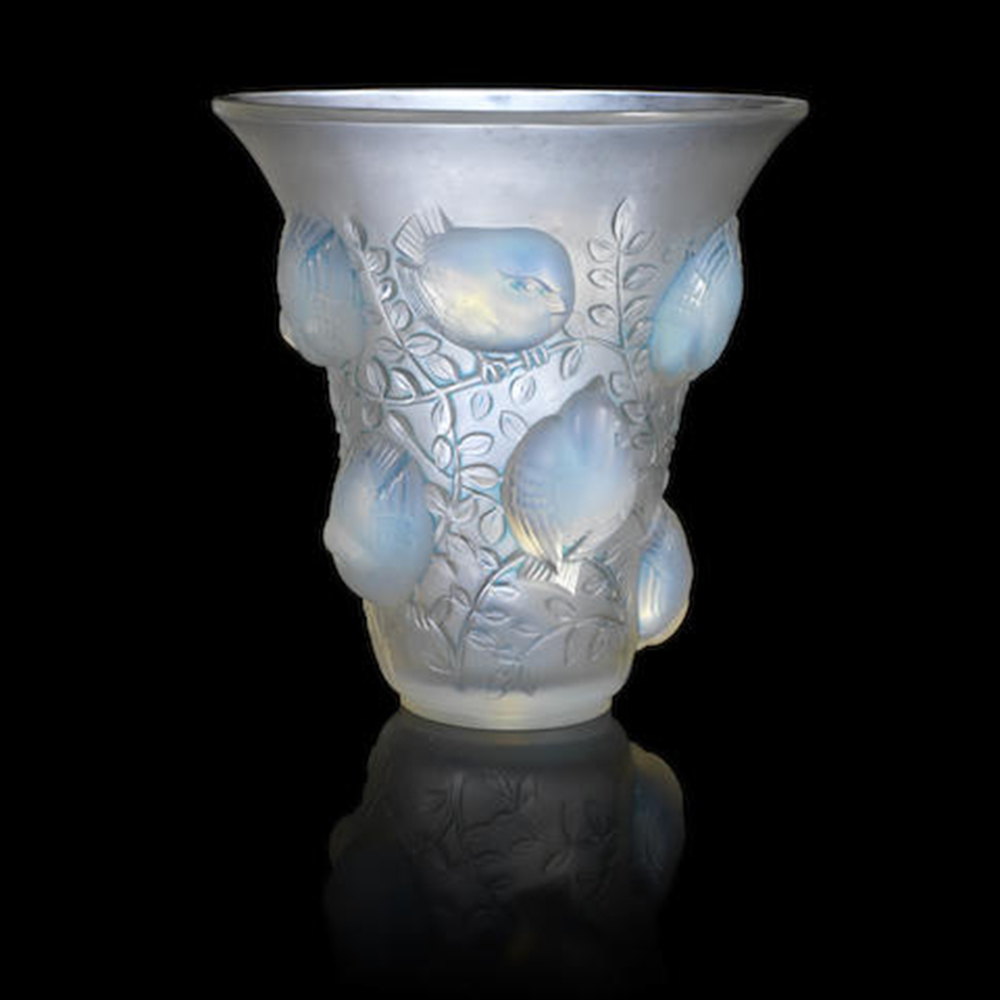
St. Francois by R. Lalique 1930
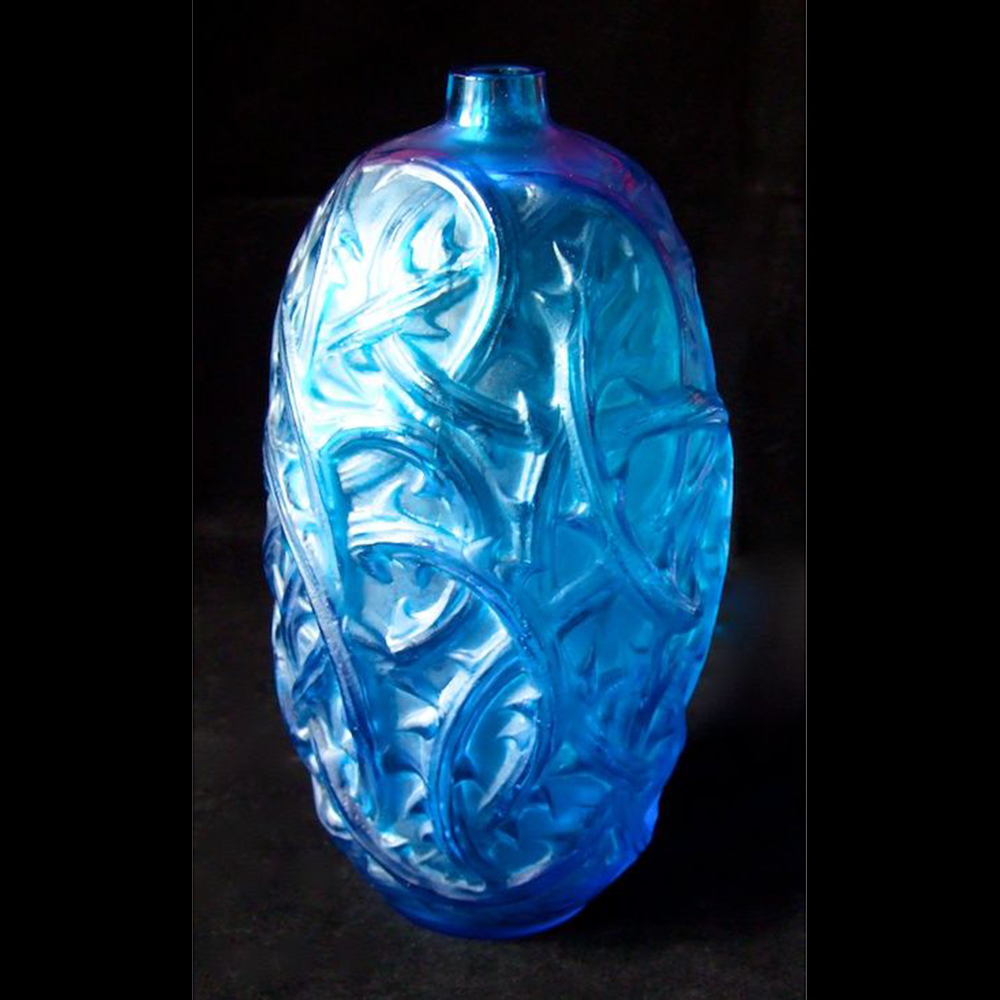
Ronce by R. Lalique 1921
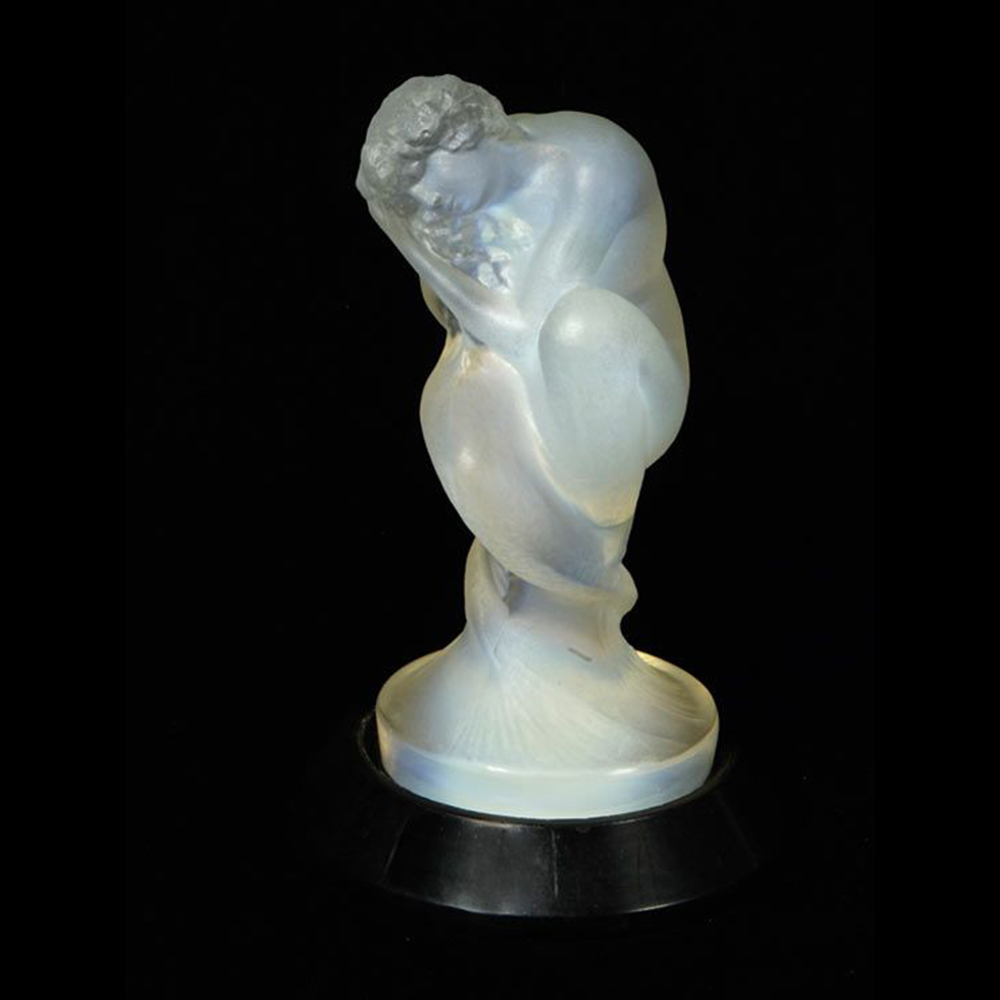
Sirene by R. Lalique 1921
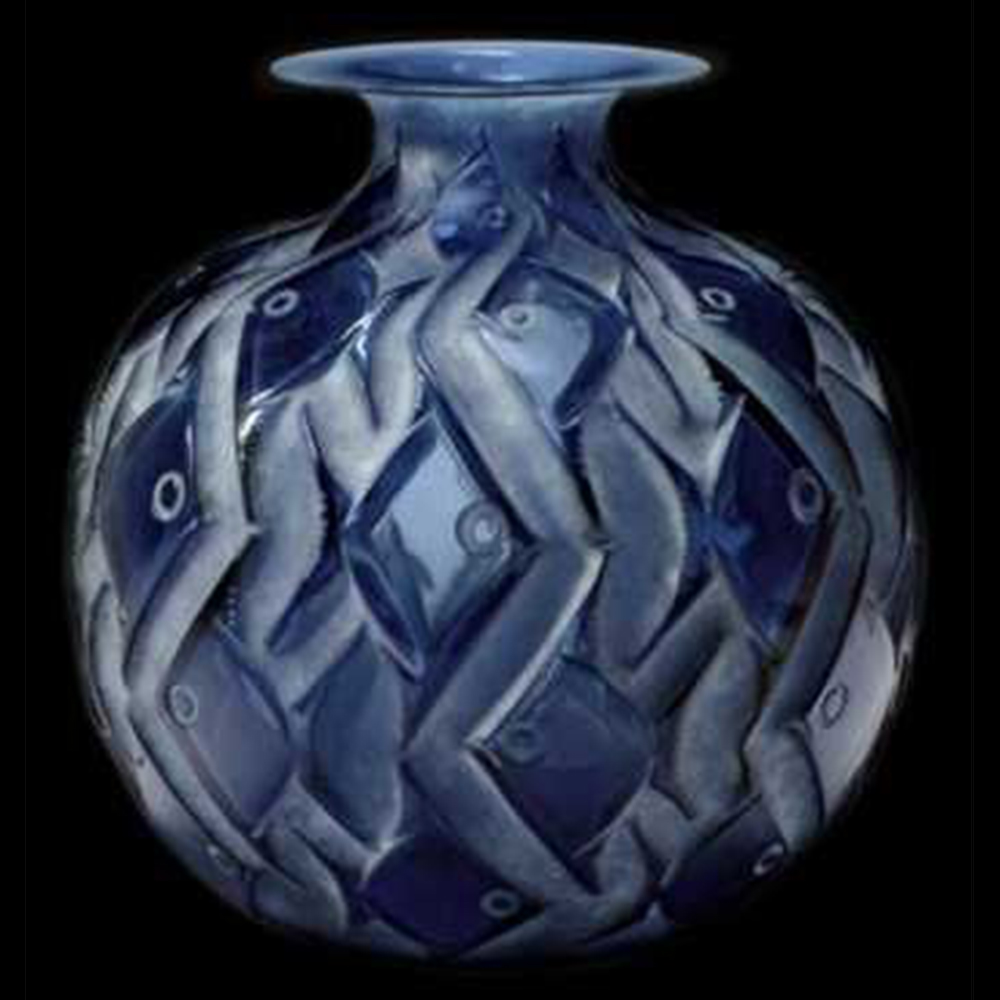
Penthievre by R. Lalique 1928
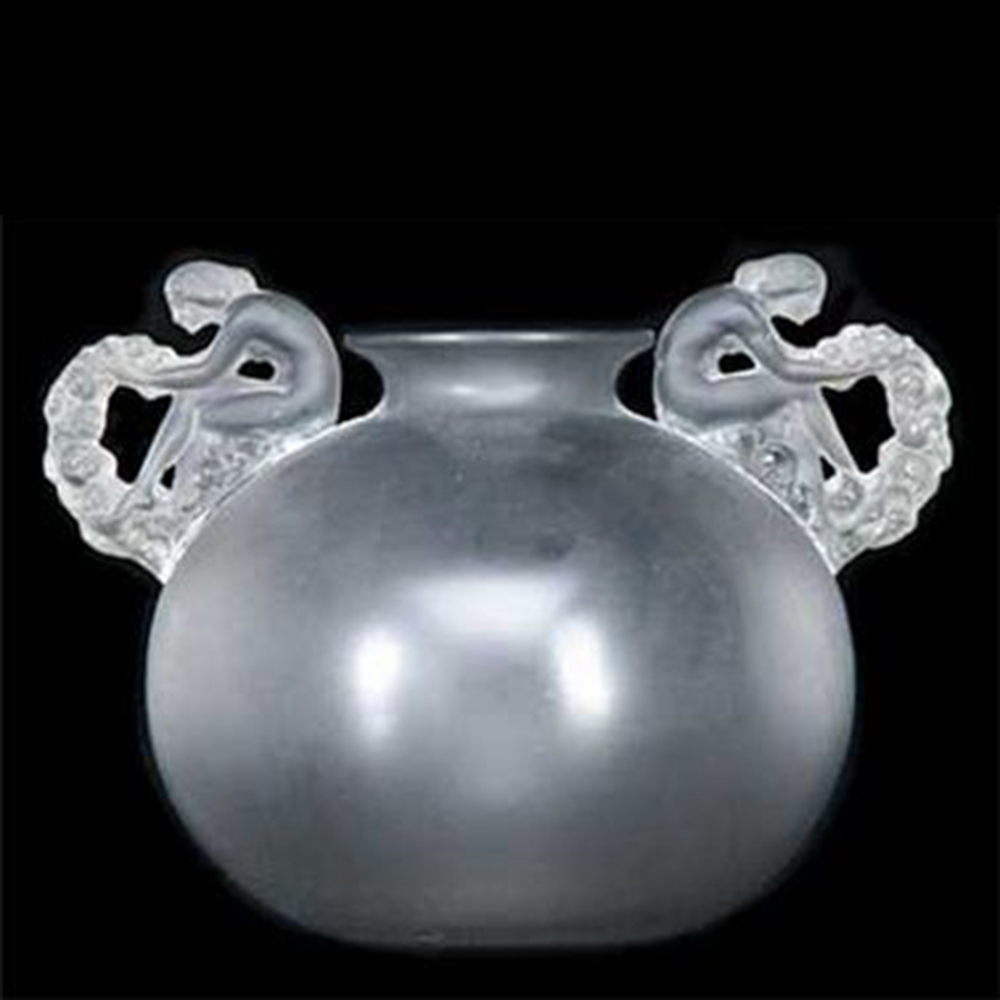
Bouchardon by R. Lalique 1926
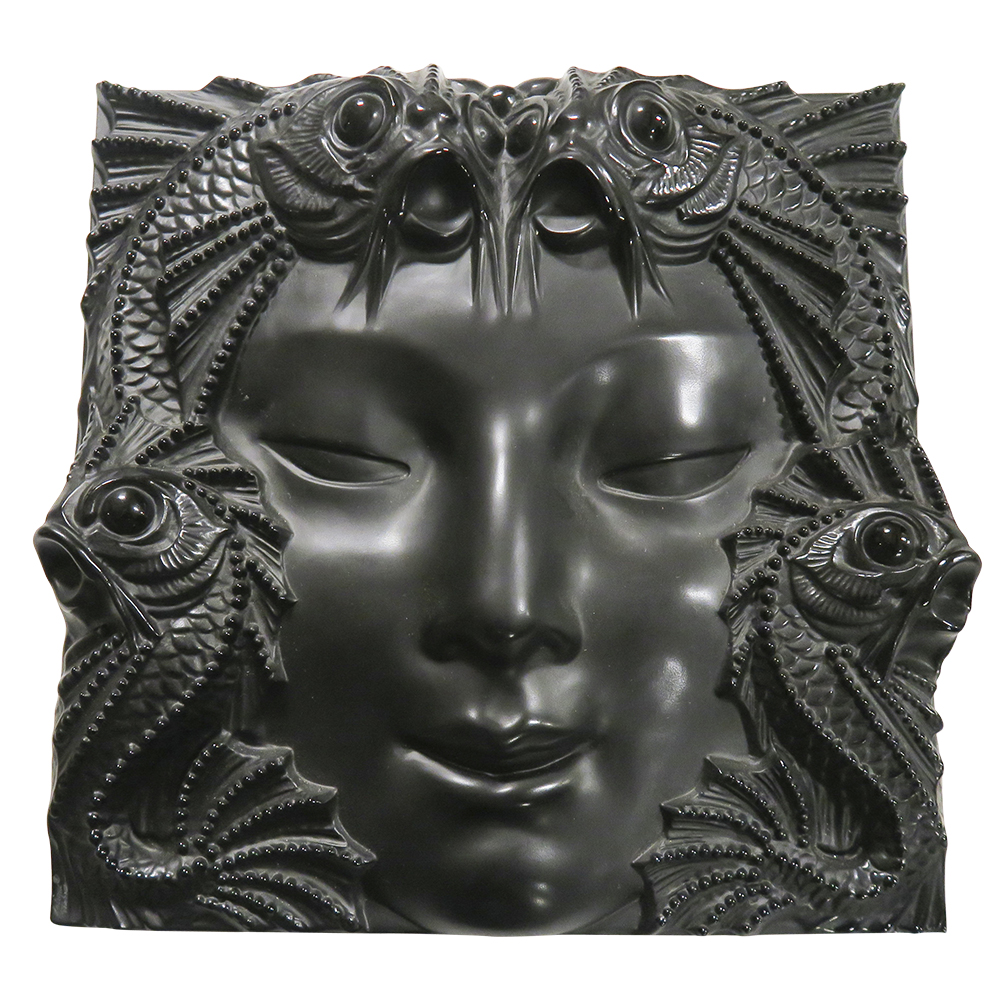
Fontaines Poissons by R. Lalique 1935
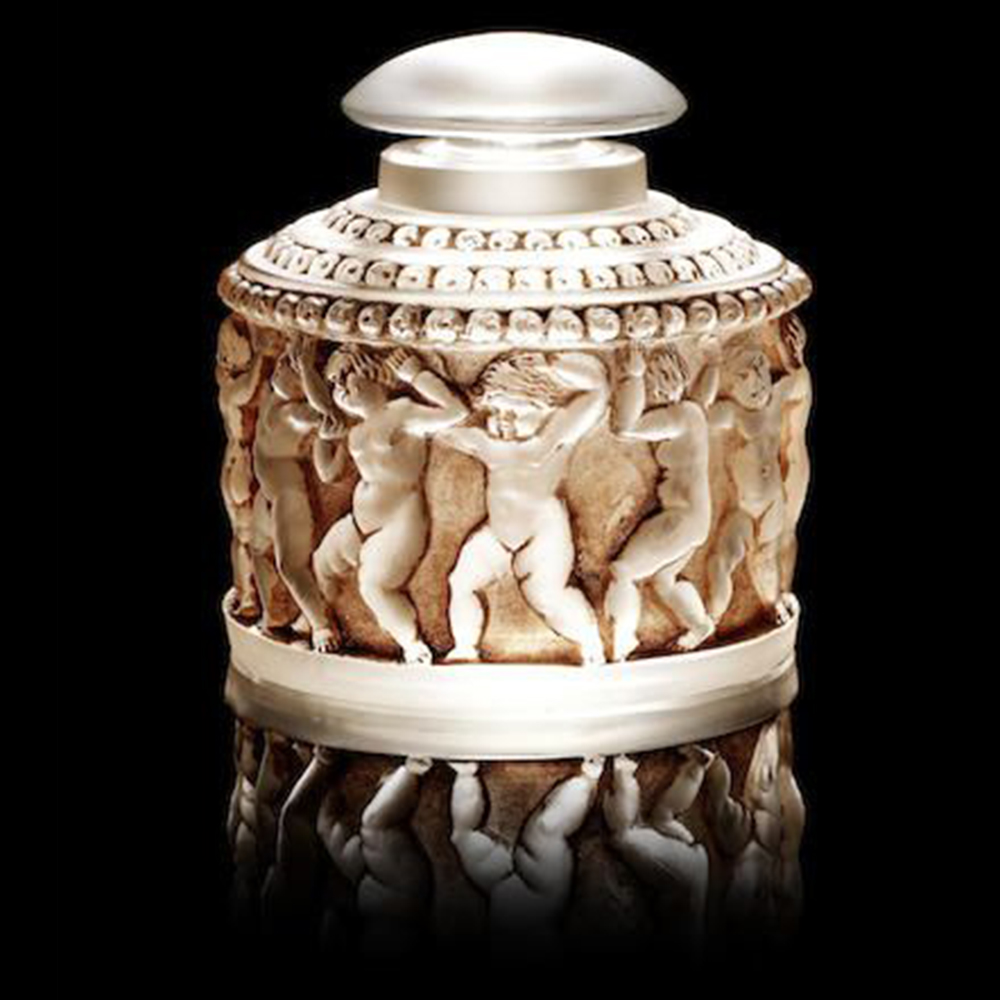
Enfants by R. Laliquie 1931
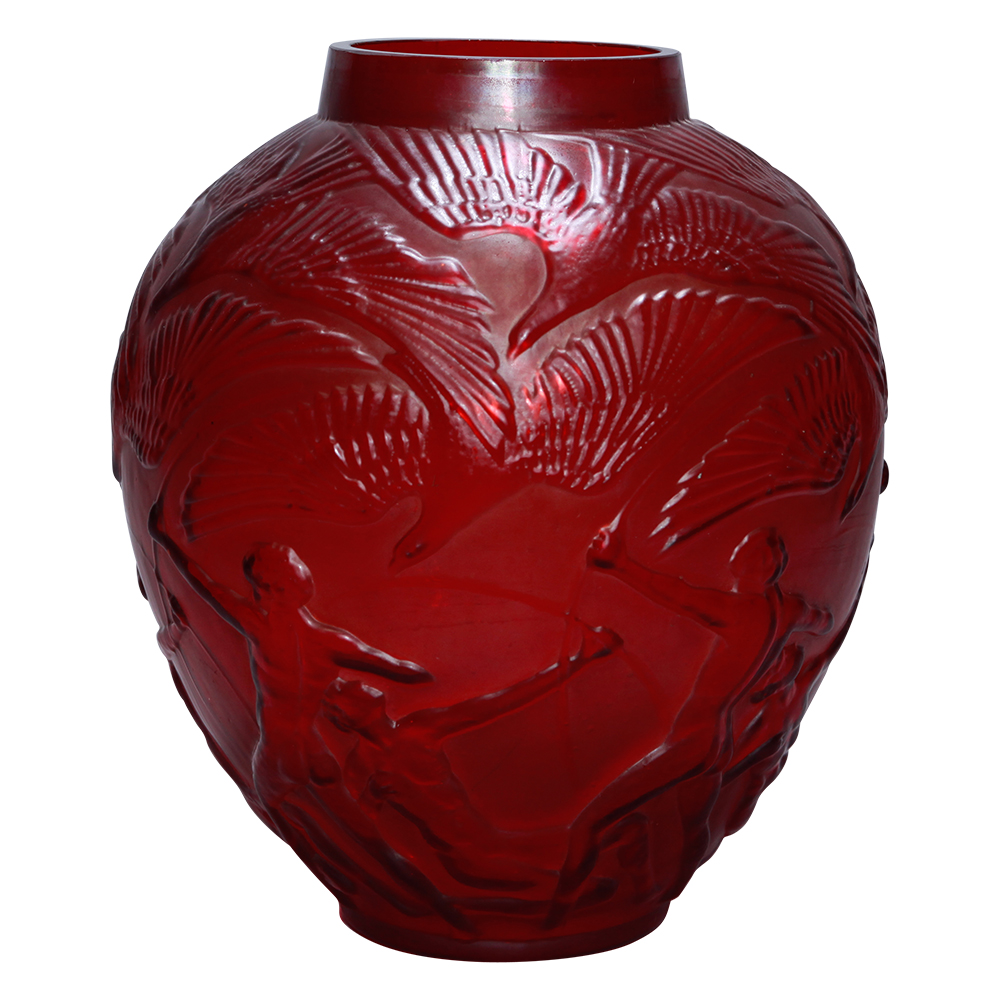
Archers by R. Lalique 1921
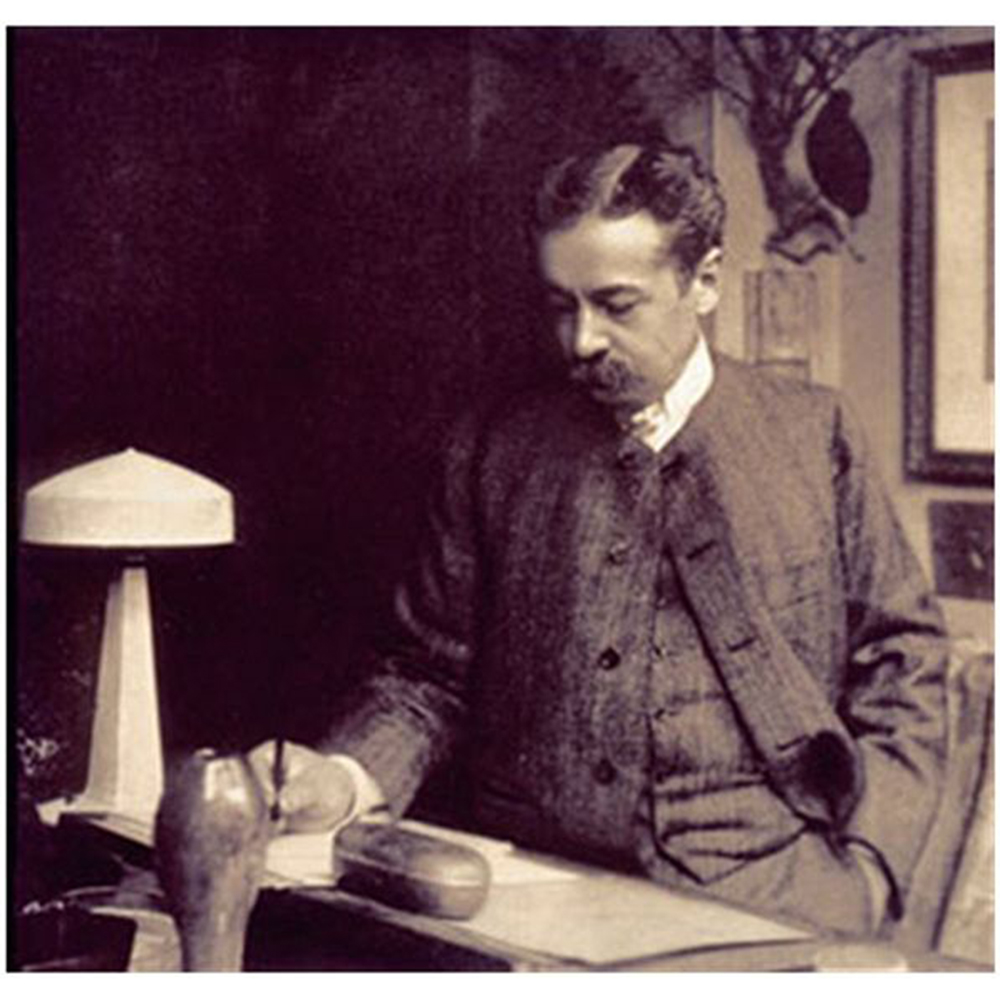
Rene Lalique at work
Art on Fire
During the 1960s, industrial glassblowers began to turn their attention to different styles of studio glass. Paul Stankard, a skilled scientific glassblower, created paperweights encasing intricate studies of his local flora produced with a flame-worker’s torch. Professor Harvey Littleton discovered that glass could be melted and annealed in small studio furnaces and a single artist could design and produce artworks without the need for numerous assistants and large quantities of materials. Littleton set up a pioneering glass-blowing workshop in Ohio, which led to the first University glass program in Wisconsin. This was the beginning of the American Studio Glass movement, which is now an international phenomenon with thousands of talented artists working with hot glass, including William Morris, Stephen Rolfe Powell, Lino Tagliopietra, and Toots Zynsky.
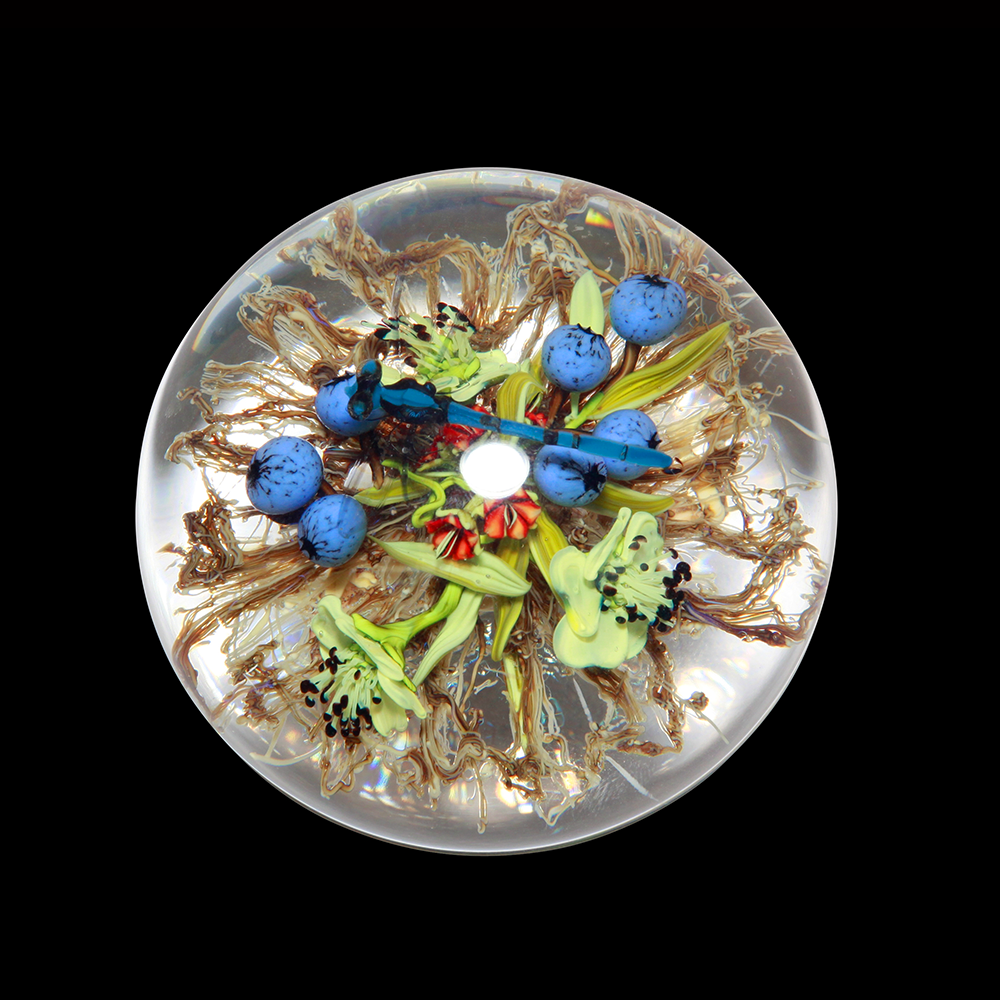
Paperweight by P. Stankard
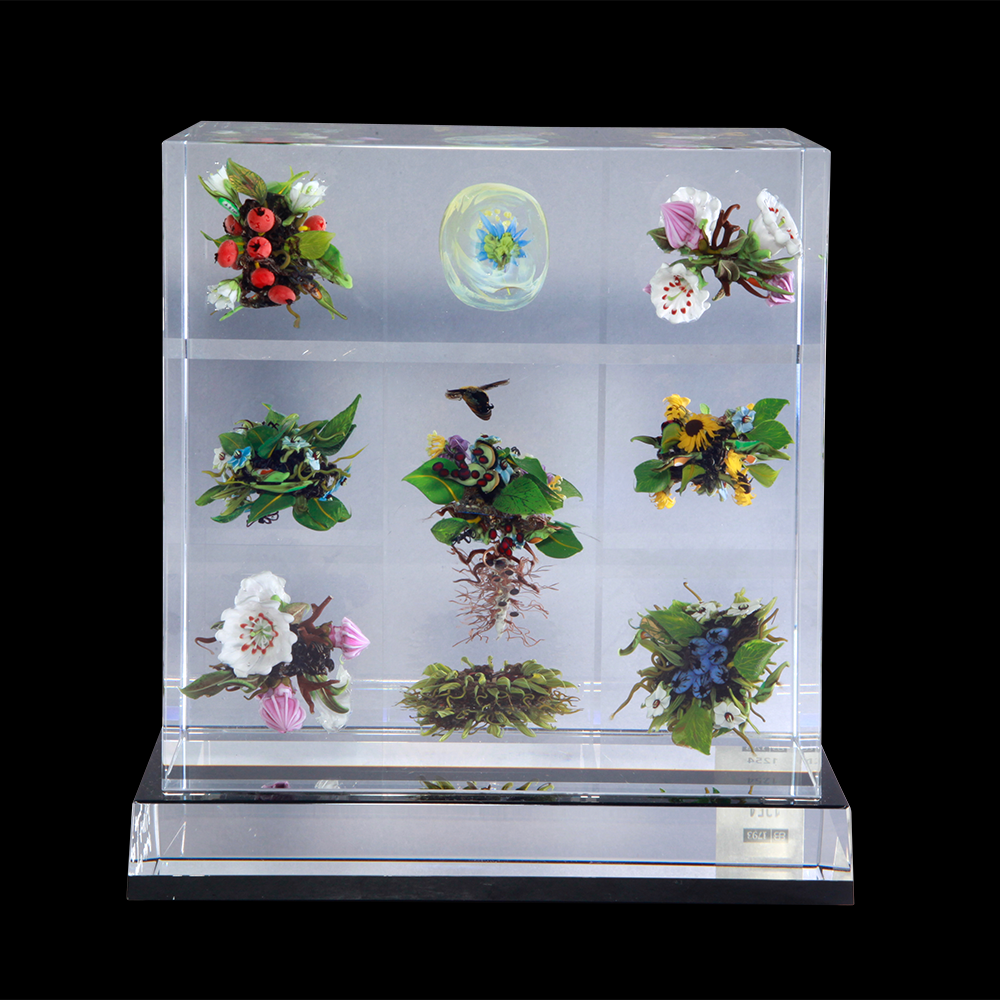
Paperweight by P. Stankard
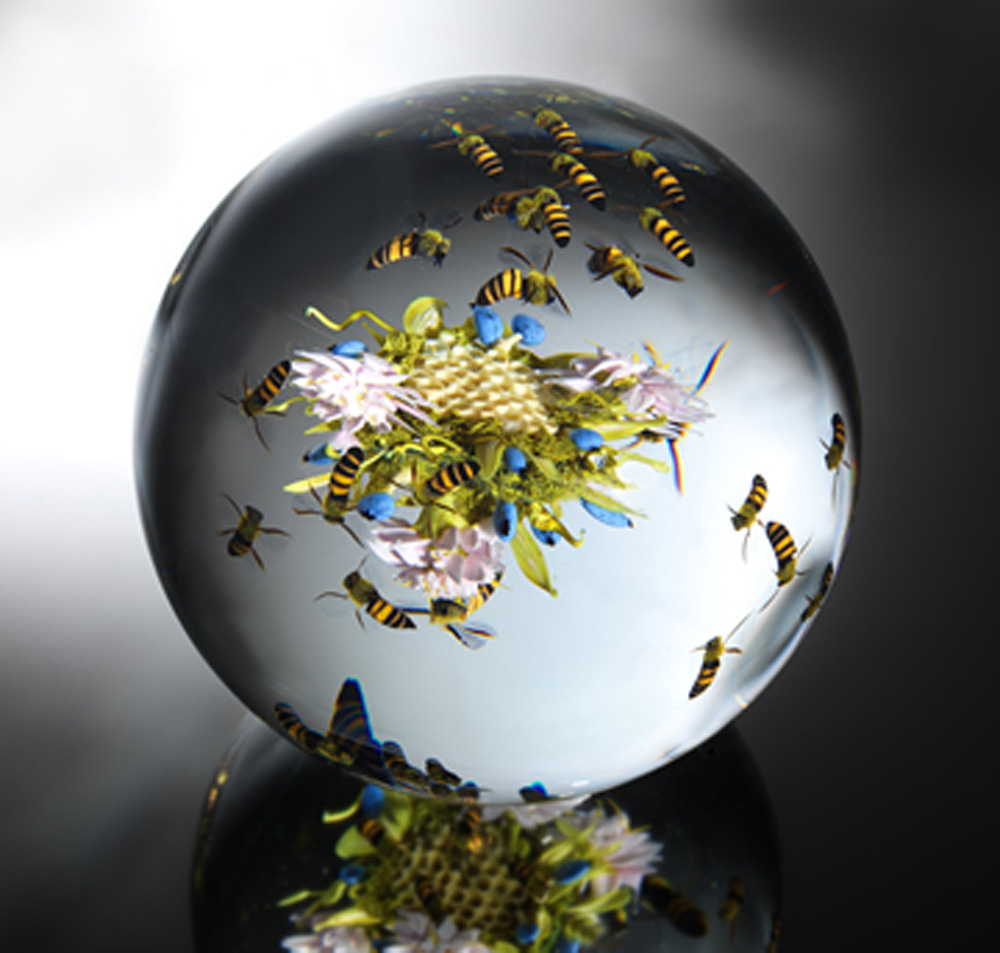
Paperweight by P. Stankard
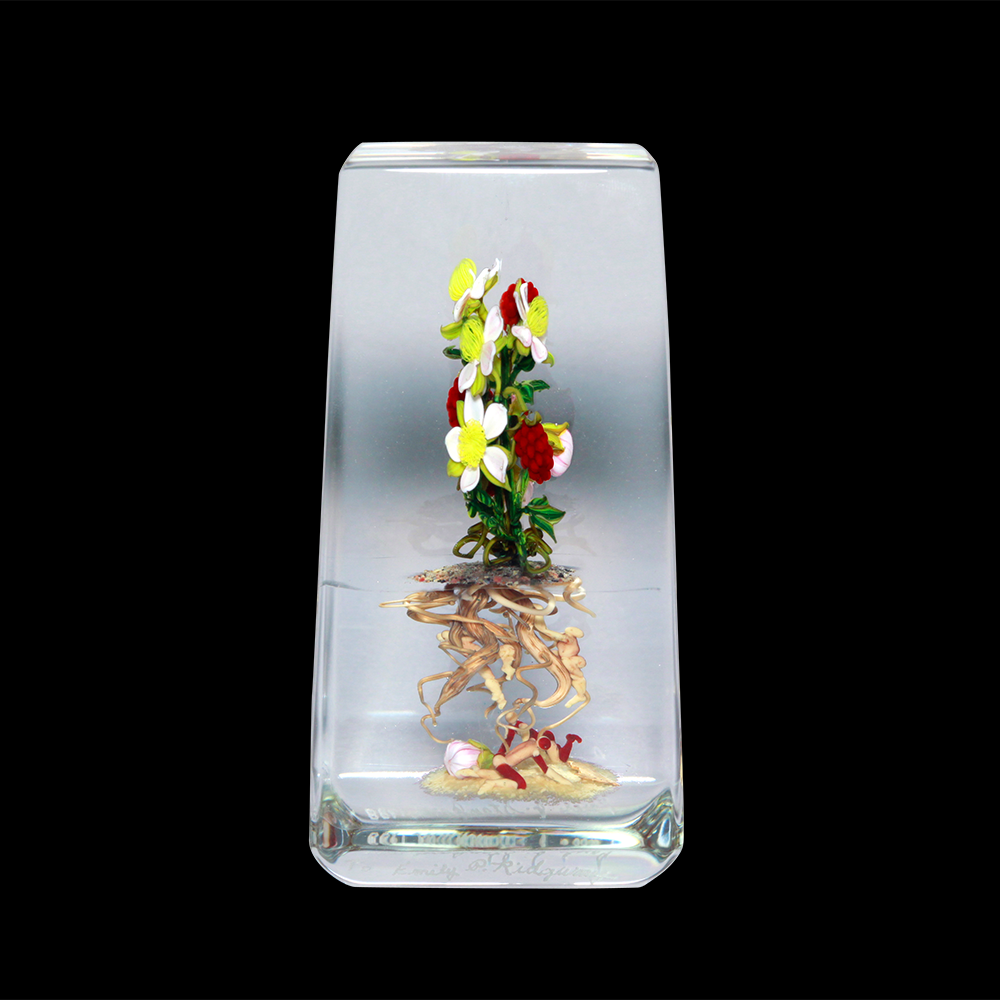
Paperweight by P. Stankard
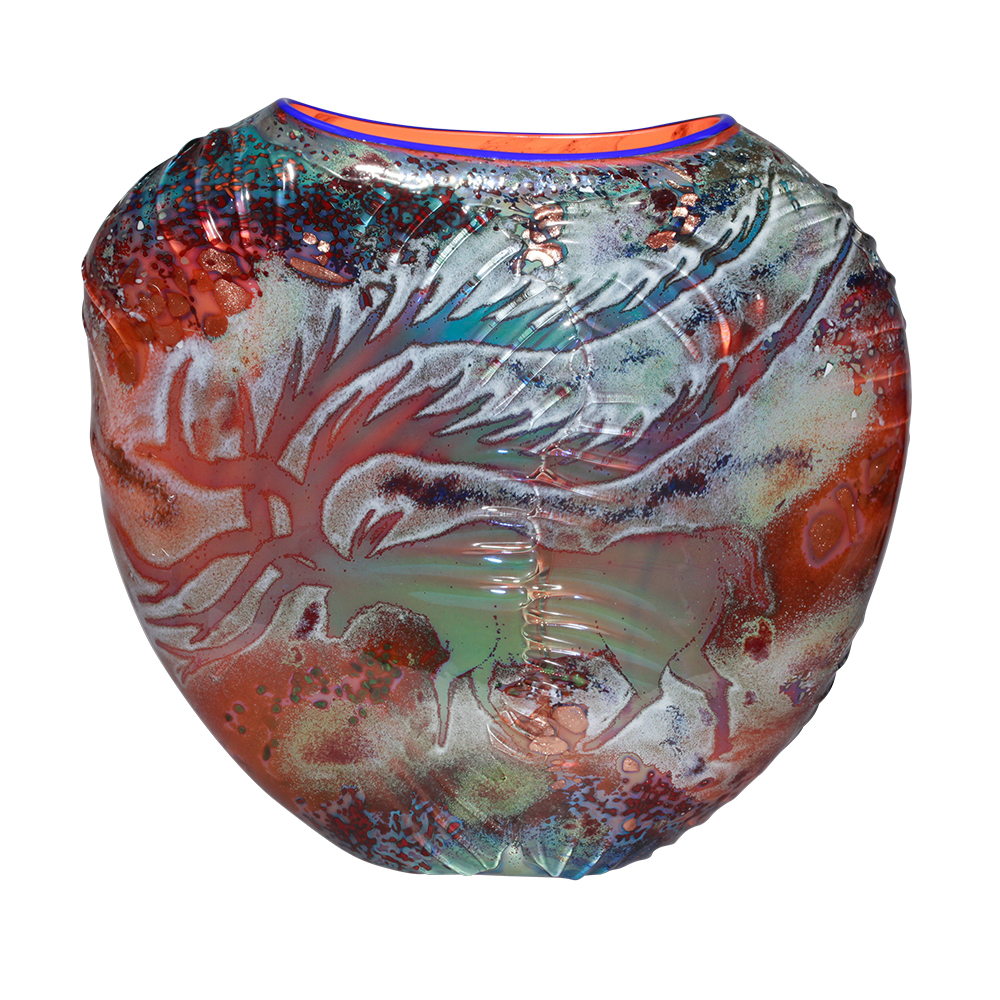
Petroglyph Vase by W. Morris 1989
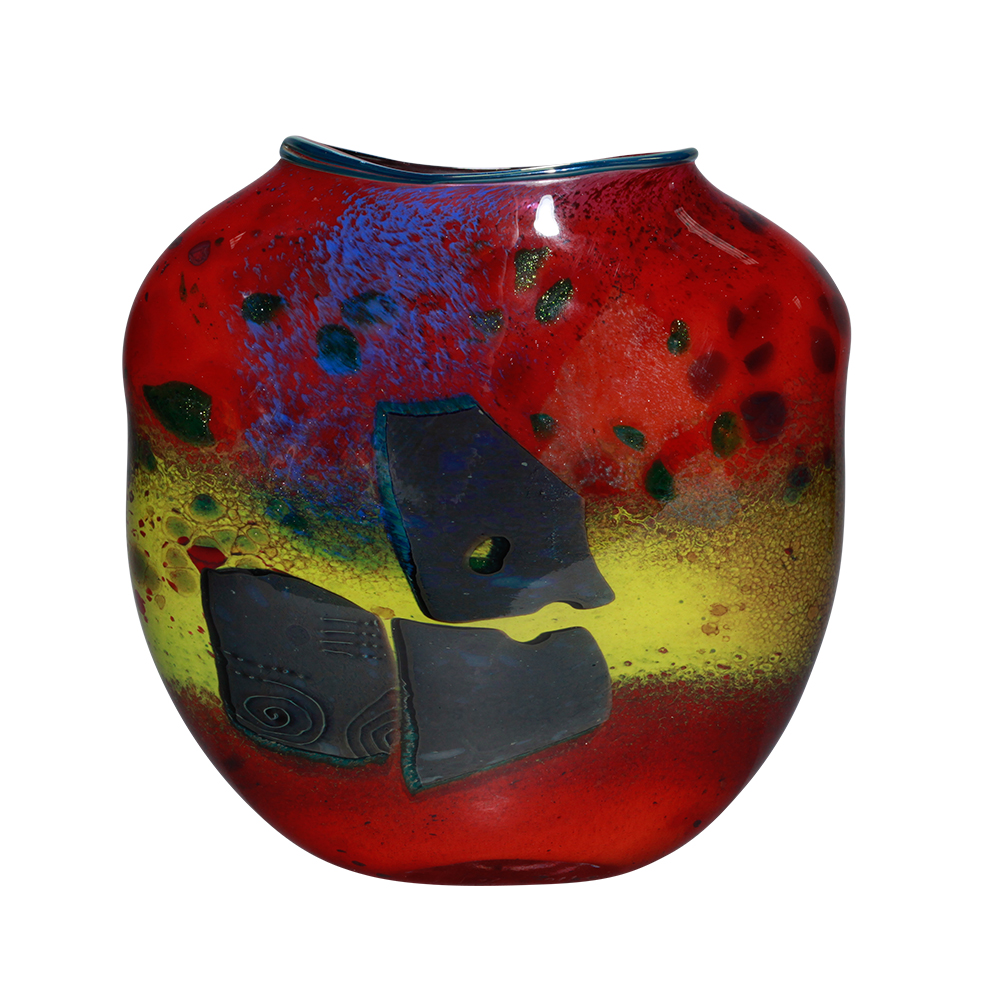
Red Shard Vessel by W. Morris 1980
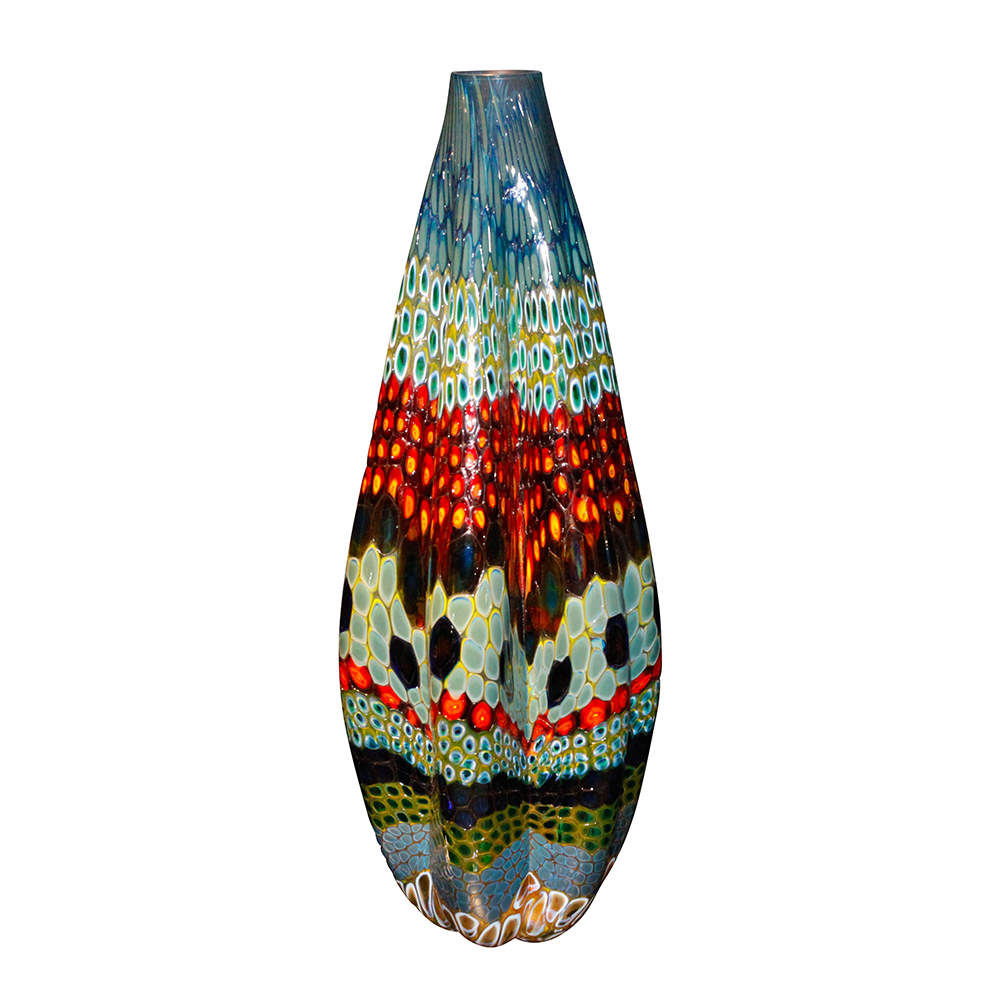
Blown Murrine Vase by S. Powell c. 1980
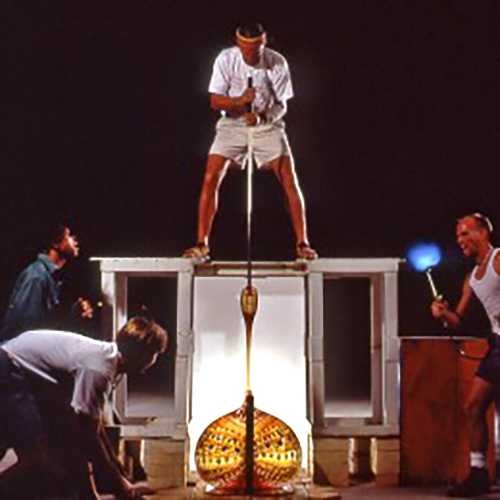
Stephen Rolfe Powell at work
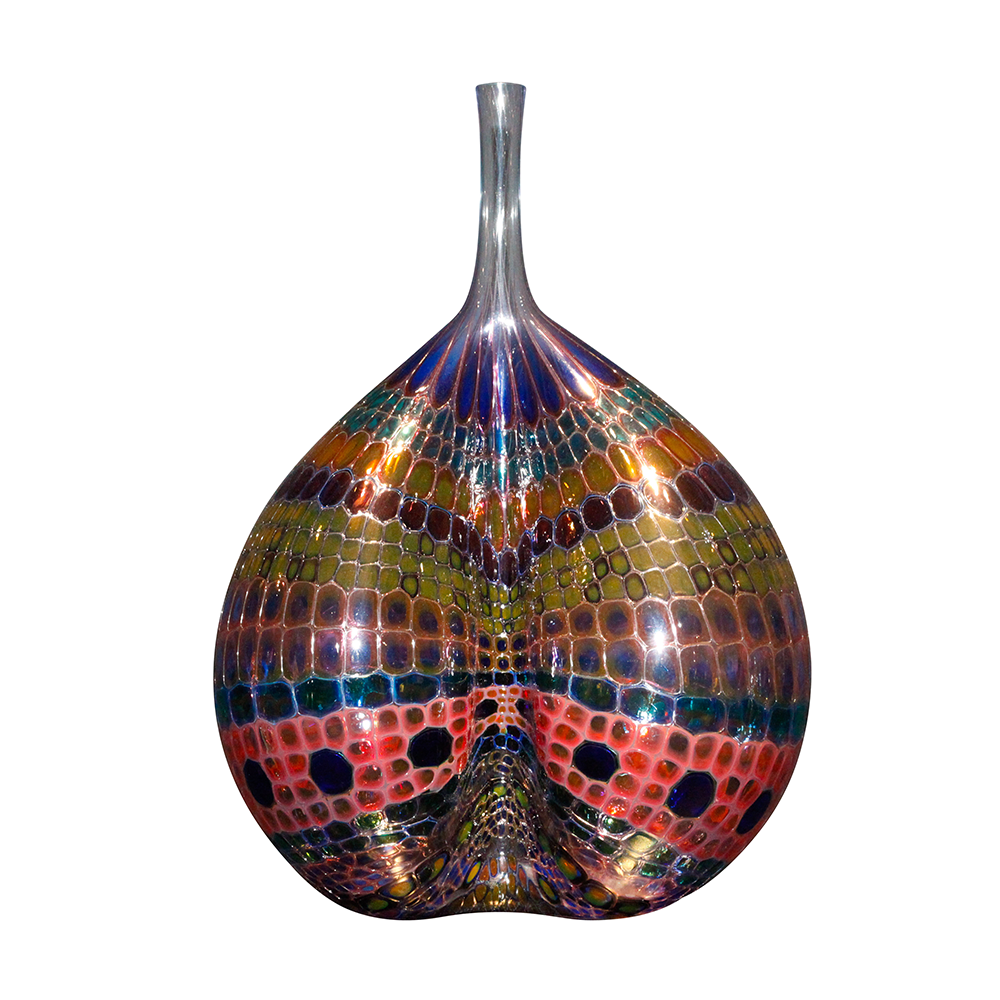
Blown Murrine Vase by S. Powell c. 1980
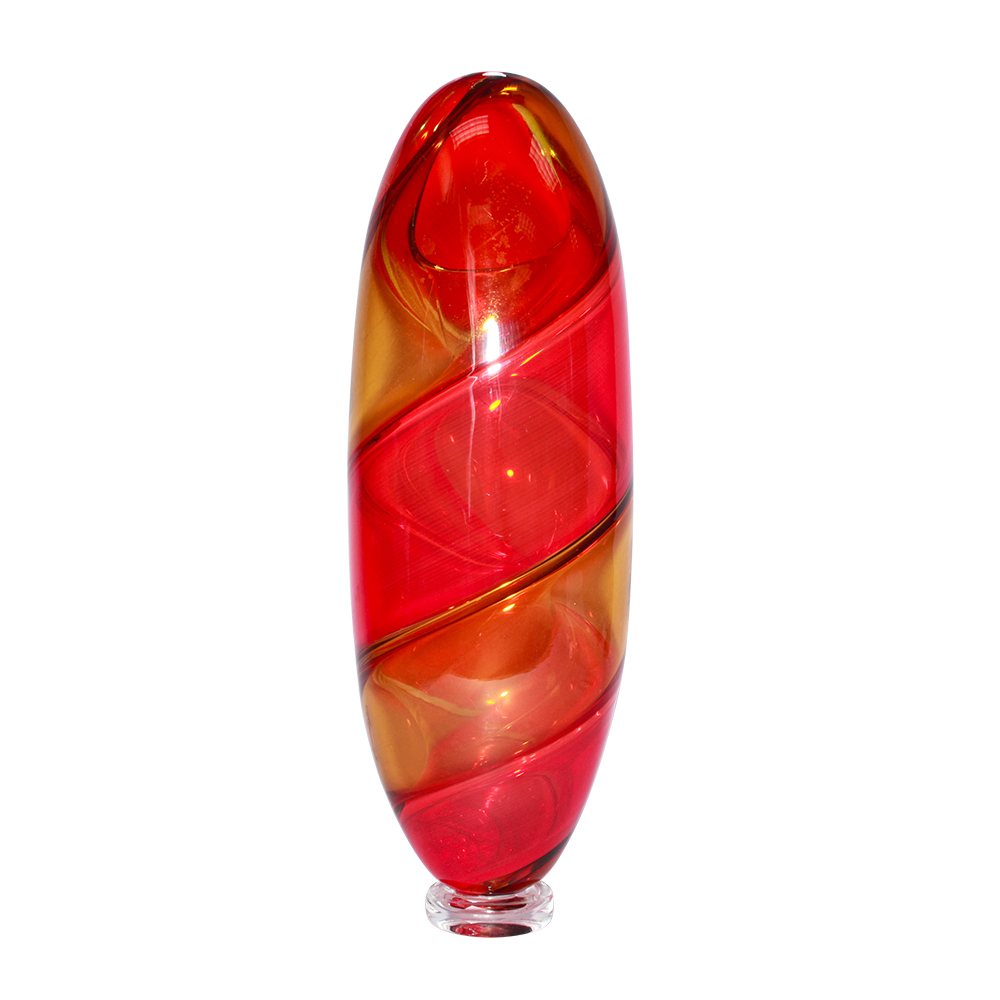
Untitled by L. Tagliapietra 1992
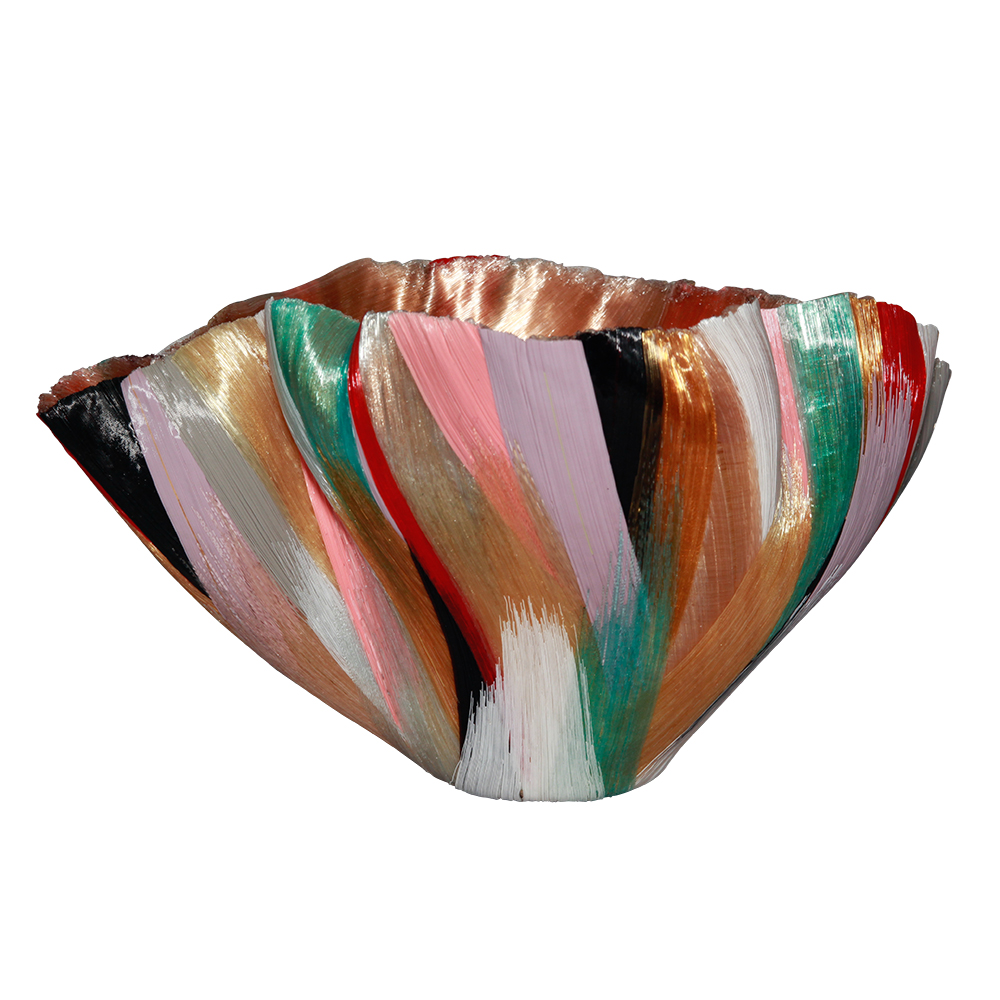
Filet-de-verre Vase by T. Zynsky
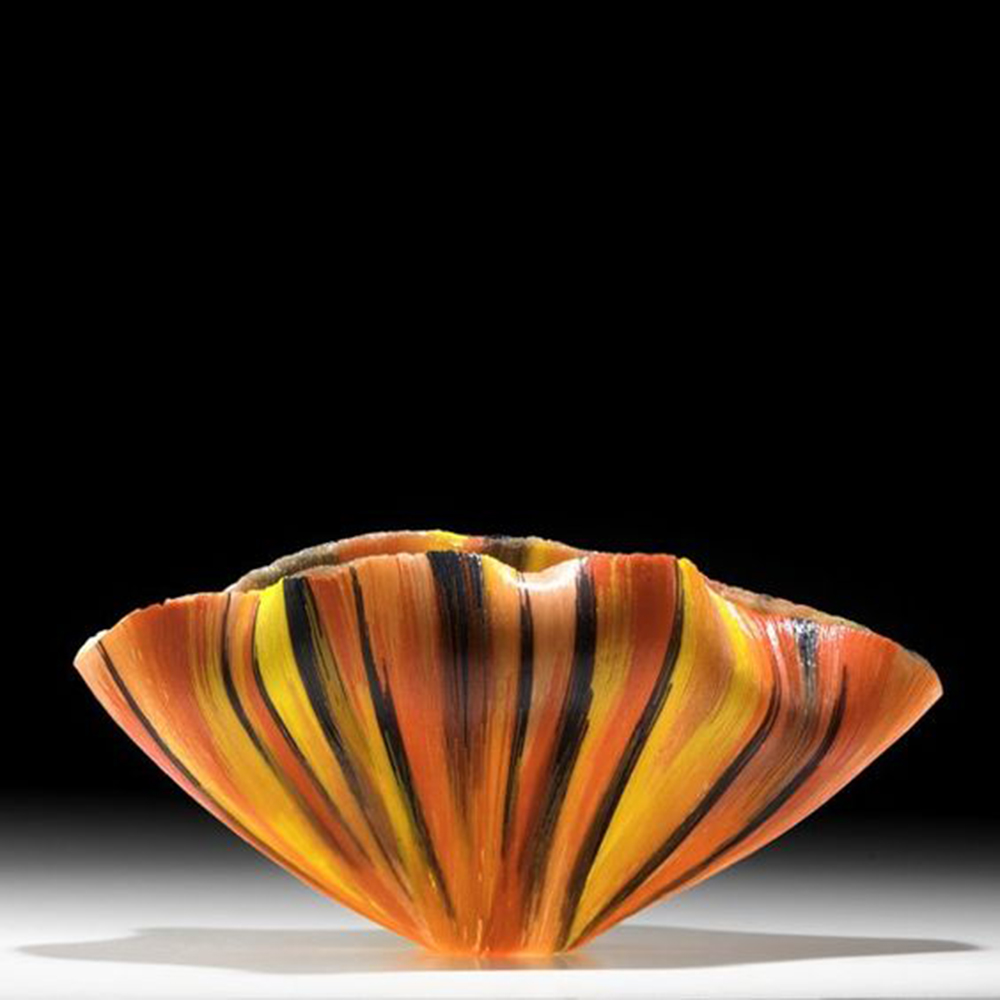
Filet-de-verre Vase by T. Zynsky
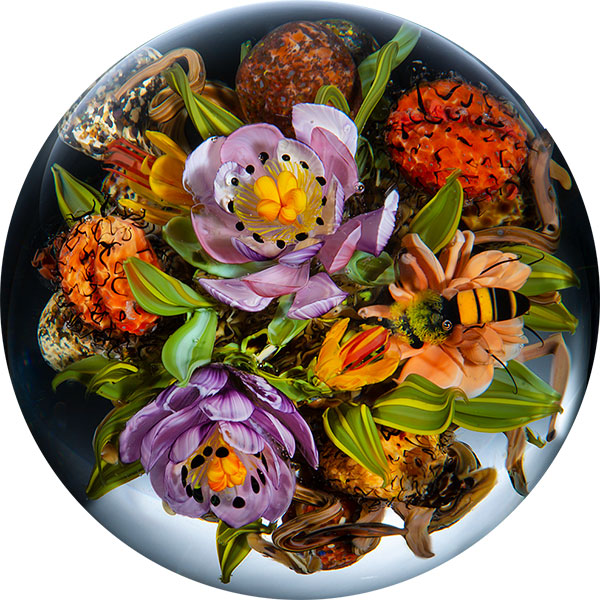
Emily Dickinson's Garden Orb by P. Stankard
